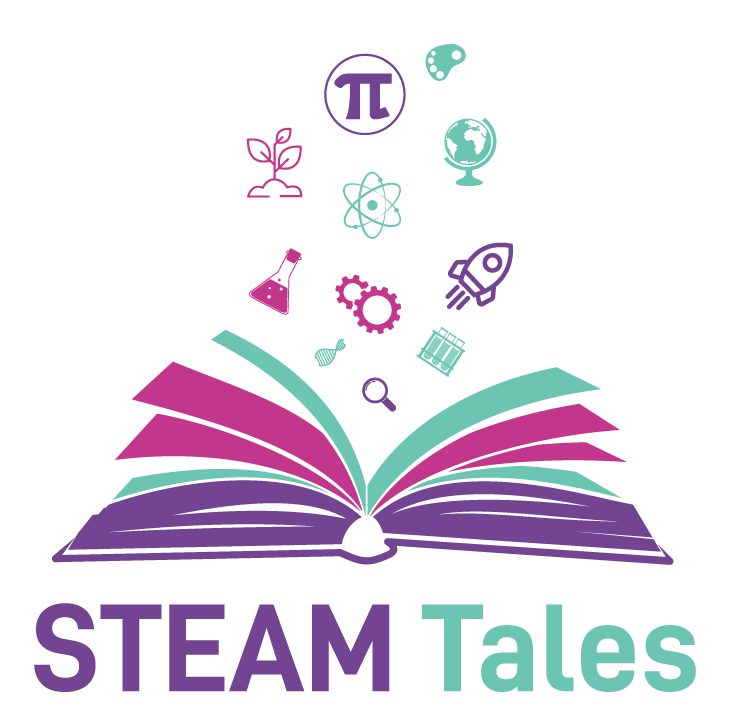The gender gap in STEAM education
article also available in
DE,
FR,
IT,
PT,
SL:
Did you know that women make up 52% of the European population, yet they are heavily underrepresented in the fields of Sciences, Technology, Engineering, the Arts and Mathematics? (European Commission, 2023) This phenomenon is commonly referred to as the “gender gap” which affects women and girls at every stage of their journey toward a STEAM career.
“It is true that we have an issue of lack of female representation in STEM. Women only represent 33% of researchers, and only 20% of top-level academics are women.” Dr Agueda Gras-Velazquez (European Schoolnet).
Despite progress in many areas, a significant gap persists, especially in STEAM education, where girls are often held back by biases, societal norms and expectations (UNESCO, 2019). These factors can shape perceptions, influence decisions, and impact the opportunities available to girls and young women in STEAM. The main issues are:
- Gender stereotypes: subjects related to sciences, maths, and engineering have long been associated with masculine traits, thus creating the assumption that boys perform better in STEAM.
- Biases in teaching methods: educational resources and teaching methods can unintentionally reflect and perpetuate gender stereotypes. These can cause teachers to question girls’ abilities in STEAM subjects unconsciously.
- Self-perception: gender stereotypes also affect girls’ perception of their own abilities in maths and sciences, which they tend to underestimate due to the integration of the stereotypes.
- Social pressure: gendered expectations may pressure girls to avoiding STEAM fields in order not to feel different from their peers.
- Lack of role models and representation: women being underrepresented in STEAM careers means that girls have fewer role models to inspire them. The media also lack portrays of inspiring women, which contributes to the limited visibility.
References:
- Gender equality in research and innovation. (2023, May 5). Research and Innovation. European Commission.
https://research-and-innovation.ec.europa.eu/strategy/strategy-2020-2024/democracy-and-rights/gender-equality-research-and-innovation_en
- Bridging the gender gap in STEM education. (n.d.). European Schoolnet.
http://www.eun.org/news/detail?articleId=7958726
- Girls’ and women’s education in science, technology, engineering and mathematics (STEM). (2023, October 19). UNESCO.
https://www.unesco.org/en/gender-equality/education/stem








